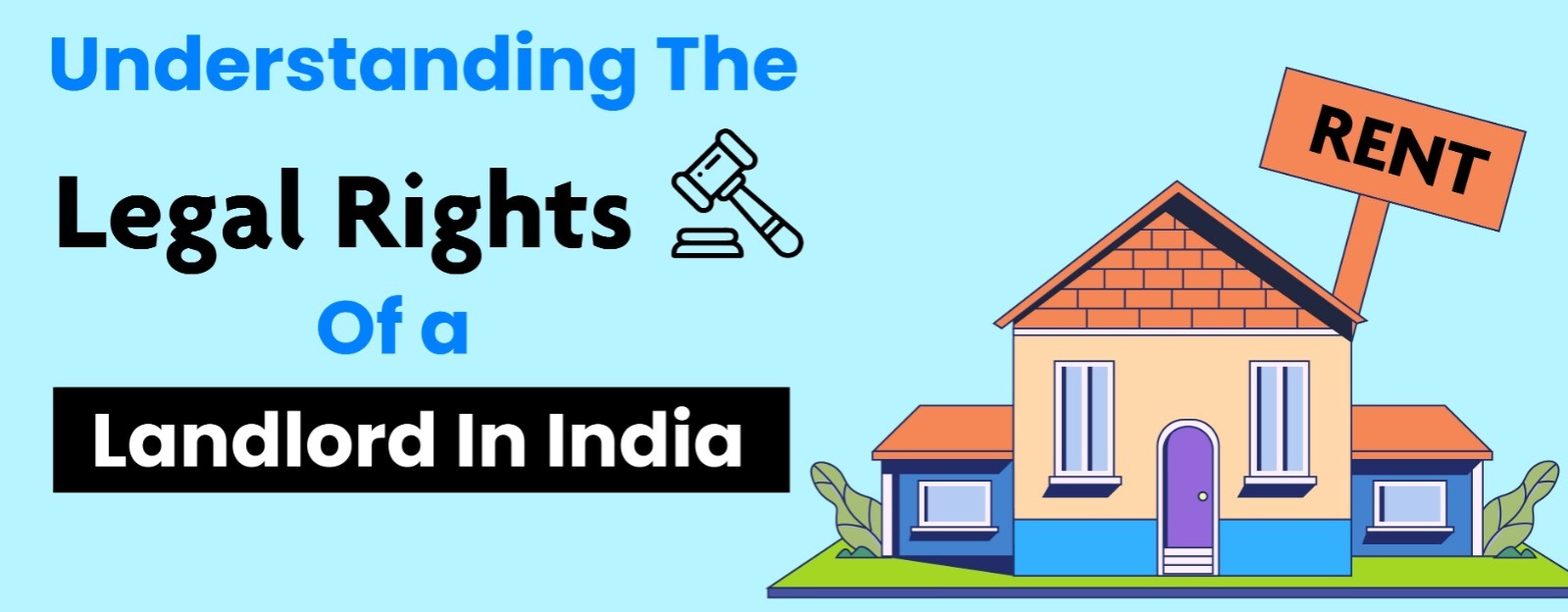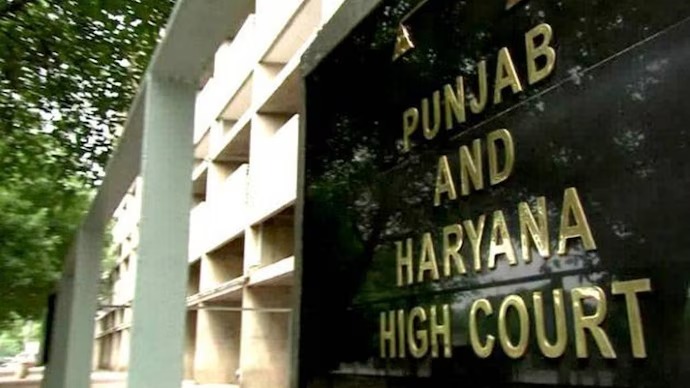Compensation for loss of earning,"Rs.20,000/Â-
Cost of medicine and treatment charges,"Rs.68,000/Â-
Transportation charges,"Rs. 6,000/Â-
Bystander expenses,"Rs. 6,000/Â-
Extra nourishment,"Rs. 1,500/Â-
Damage to clothing,Rs. 500/Â-
Compensation for pain and suffering,"Rs.30,000/-Â
Compensation for permanent disability,
And loss of earning power,"Rs.2,55,500/-Â
Compensation for loss of amenities,"Rs.10,000/Â-
Compensation for future treatment,"Rs. 2,500/Â-
Total,"Rs.4,00,000/-Â
realisation, within ‘one month’ from the date of receipt of a copy of the judgment.â€",
5. The appellants have asked for further enhancement of compensation before us. Grievance of the appellants is that the victim has been underÂ‐,
compensated, having regard to the degree of injury suffered by him. He has specifically raised the plea for award of compensation under the head of",
loss of future prospects. It is also his case that the High Court erred in law in applying the multiplier of 16. It has been urged on behalf of the,
appellants that the multiplier 17 as per the award of the Tribunal, should have been retained.",
6. On behalf of the insurance company, prayer of the appellants for enhancement of compensation has been opposed. It has been argued that there",
was contributory negligence on the part of the first appellant in that he was under the influence of liquor at the time of accident. On that count, they",
want reduction of 50% of the compensation from the judgment and order under appeal. Quantification of his monthly income as Rs.3,500/Â has also",
been questioned by the insurance company in their counterÂaffidavit. The case of Sri Ramachandrappa vs. The Manager, Royal Sundaram Alliance",
Insurance Company Ltd. [(2011) 13 SCC 236] has been referred to in this regard. On the question as to what would constitute just compensation, the",
cases of Arvind Kumar Mishra vs. New India Assurance Co. Ltd. & Anr. [(2010) 10 SCC 254 ]and National Insurance Company Ltd. vs. Kusuma,
and Anr. [(2011) 13 SCC 306] have been cited on their behalf. It has also been argued that as he was a construction worker, he must have had",
received compensation under the Building and other Construction Workers Welfare Cess Act, 1966 as also Workmen Compensation Act, 1923. The",
insurance company’s case is that personal expenses of the victim ought to have been taken to be oneÂfourth of the loss of income assessed. The,
plea for attendant charges has been resisted on the ground that no service by any bystander had been proved and no bill for expenses for surgery or,
hospitalisation during the last 17 years had been produced. The insurance company, however, has not come up in appeal questioning the High",
Court’s finding on the heads of compensation and quantum of compensation awarded under these heads. These submissions of the insurance,
company we cannot entertain at this stage while dealing with the victim’s appeal for enhancement of compensation. Otherwise also, we do not",
think these submissions have any legal basis in the context of the present appeal. The forum of first instance or the High Court did not return any,
finding on the first appellant being under influence of alcohol. In the victim’s appeal, we cannot permit the insurance company to raise this plea at",
this stage. Moreover, submission that the appellant must have drawn compensation under different welfare statutes is inferential. The insurance",
company has not disclosed any evidence to sustain their stand on this count.,
7. The High Court has assessed monthly income of the victim to be Rs.3500/Â. This was enhanced from the Tribunal’s quantification of,
Rs.2,500/Â per month. We do not want to disturb the finding of the High Court on this point. This is essentially a finding on question of fact. The",
respondent insurance company has cited the case of Mohan Soni vs. Ram Avatar Tomar & Ors. [(2012) 2 SCC 267] to contend that in the context of,
loss of future earning, physical disability resulting from an accident ought to be judged with reference to the nature of work being performed by the",
person suffering the disability. The approach of the Tribunal as also the High Court in the case of the victim has been in that line only. The,
respondents also sought to rely upon the decision of this Court in the case of Priya Vasant Kalgutkar vs. Murad Shaikh & Ors. [(2009) 15 SCC 54.],
This case, however, relates to computation of compensation for injuries suffered by a minor. Ratio of this decision has no application in the facts of",
this case. We are, however, also of the opinion that the High Court went wrong in not awarding any sum under the head of loss of future prospects. In",
the case of National Insurance Company Ltd. vs. Pranay Sethi & Ors. [(2017) 16 SCC 680, ]a Constitution Bench has opined that the standardisation",
of just compensation is to include addition of future prospects to the income of the victim at the time of occurrence of the accident. This was a case,
where the victim had succumbed to the injuries. The present appeal relates to a victim, who has survived the accident but his disability has been",
assessed to be 100% by the High Court. We confirm this finding of the High Court. In the case of Parminder Singh vs. New India Assurance Co.,
Ltd. & Ors. [(2019) 7 SCC 217], a Bench comprising of two Judges of this Court found 50% of the income of the victim was to be assessed as loss",
of future prospects. Earlier, this Court broadly took the same view in the case of Sanjay Verma vs. Haryana Roadways [(2014) 3 SCC 210]. The",
course mandated by this Court in the case of Parminder Singh (supra) is addition to the monthly income of the victim, 50% thereof as loss of future",
prospects to arrive at compensation for loss of income for the purpose of application of the multiplier. This method of computation is based on sound,
logic and we choose to apply the same methodology in this appeal also. The loss of earning capacity of the first appellant is 100%. On this basis, his",
loss of future earning would have to be calculated treating income of the victim to be Rs.3,500/Â per month, to which loss of future prospects at the",
rate of 40% thereof is to be added, which would make it Rs.4900/Â per month. This is the computation method directed by the Constitution Bench in",
the case of Pranay Sethi (supra) so far as selfÂemployed persons are concerned. We direct addition of 40% as there is no material before us to prove,
that the victim had a permanent job. Evidence before the Tribunal was that he was a skilled labourer in a building construction project. There was no,
evidence that he was on their permanent roll. The multiplier to be applicable in this case would be 16 following the specification contained in the case,
of Sarla Verma & Ors. vs. Delhi Transport Corporation & Anr. [(2009) 6 SCC 121]. Accordingly, his loss of future earning would have to be",
calculated first by multiplying Rs.4,900/Â by 12, which would come to Rs.58,800/Â This would be his annual income. Once multiplier of 16 is applied,",
his loss of future earning would come to Rs.9,40,800/Â, considering that degree of his disability is 100%. As the appellant has survived though at",
present in almost “coma stage†as observed by the High Court, we reject the insurance company’s plea for making any deduction towards",
personal living expenses.,
8. We also find that there was no compensation awarded towards expenses for a caregiver barring a paltry sum of Rs.6,000/Â as bystander",
expenses. The defence of the insurance company for keeping the said sum at that negligible level is that no evidence had been led as regards,
expenses incurred towards any medical attendant. But going by the work the victim was doing and his physical state of being resulting from his,
injuries, conclusion has to be inevitable that he required and still requires caregiver roundÂtheÂclock and round the year to remain barely functional.",
Judging by the stratum of the society he comes from, it would be irrational to expect that he would have been in a position to directly engage a",
caregiver after his accident. It would not be an unreasonable assumption that his family members must have had to fit into that role. They could,
perform the role of caregiver only by diverting their own time from any form of gainful employment which could have generated some income. We,
proceed on the same assumption on his requirement of continued medical treatment postÂdischarge from the hospital. There is observation in the,
judgment of the High Court that he was undergoing treatment in “Aarogya Keralam†Palliative Caring Scheme. We are of the opinion that,
Rs.7,00,000/Â ought to be awarded as lumpsum, composite amount for medical attendant charges and future medical treatment. In the case of Kajal",
vs. Jagdish Chand & Ors. [(2020) 4 SCC 413 ]for attendant charges, a Bench of twoÂJudges of this Court has held that the multiplier methodology",
ought to be applied. On the other hand, in the case of Parminder Singh (supra) a lumpsum amount has been awarded. In the facts of the given case,",
we are of the opinion that award of lumpsum would be the proper course considering the fact that the first appellant was a daily labourer. In traumatic,
times after his accident, his family was unlikely to maintain detailed records of the expenses incurred.",
9. Under the head pain and suffering the High Court has awarded a sum of Rs.40,000/Â. The appellants want this sum to be raised to Rs.6,00,000/Â‐",
relying on a judgment of this Court in the case of Mallikaarjun Vs. Divisional Manager, National Insurance Company Ltd. & Anr. [(2014) 14 SCC",
396]. In the case of Kajal (supra), where the victim was a young girl of 12 years having suffered 100% disability, the amount awarded was",
Rs.15,00,000/Â under the heads pain and suffering and loss of amenities. But this judgment qualified such award with a caveat that the sum was",
awarded in peculiar facts and circumstances of the case. In the case of Raj Kumar vs. Ajay Kumar & Anr. [(2011) 1 SCC 343] it has been observed,
that when compensation is awarded by treating loss of future earning capacity to be 100% or even anything more than 50% the need to award,
compensation separately under the head of loss of amenities or loss of expectation of life may disappear. As a result, only a token or nominal amount",
may have to be awarded under those heads.,
Compensation Heads,Amount (in Rs.)
Compensation for permanent disability
and loss of future earning","9,40,800
Medical Attendant charges (Bystander
charges) and future Treatment cost","7,00,000
Pain and suffering,"3,00,000
Medicines & Treatment charges,"68,000
Transportation Charges,"6,000
Extra Nourishment,1500
Damage to Clothing,500
Loss of Amenities,"10,000
Total,"20, 26,800

